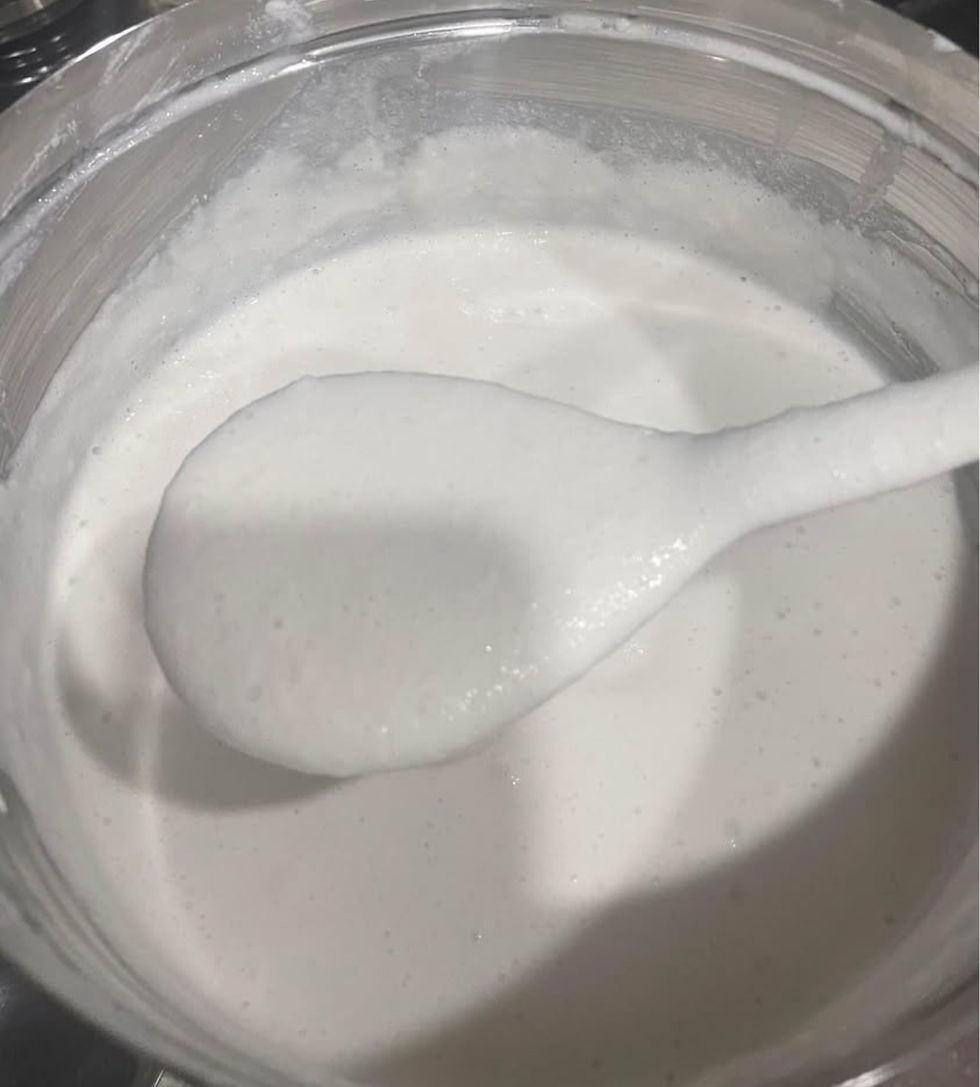Dwarf Moosa TropicanaBanana - 20 -24 inches tall
15% off min 75 USD & 3 items
Small Fruits Moosa Tropicana Variety. In optimal conditions it will bear fruit
Superfruit, right from home. That's what you'll get with the Dwarf Cavendish Banana Tree. Bananas are ultra-healthful, packed with fiber, potassium calcium and iron, plus the good looks for a tropical-inspired tree.
Dwarf Cavendish Bananas easily thrive in growing zones 4 through 11 in a container, down to 20 degrees.
The leaves of the Cavendish grow up to 4 feet long, are extremely lush, and provide shade and privacy.
It only matures to 8 to 10 feet in height, so you'll be able to transport it.
Mature Height:8-10 ft.Mature Width:6-8 ft.Sunlight:Full-PartialGrowth Rate:FastHarvest Time:JanuaryBotanical Name:Musa acuminata Grows Well In Zones:4-11 patio / 8-11 outdoors Growing Zones: 4-11 patio / 8-11 outdoors
(hardy down to 20℉)
How to care:
Pollination Info
Dwarf Cavendish Banana Tree Pollination
Dwarf Cavendish Banana Trees are self-fertile. You will get fruit with only one plant. However, adding an additional Dwarf Cavendish Banana Tree will drastically increase the size of your crop.
Planting & Care
1. Planting: Place your Cavendish Banana in a sunny location with Southern or Western exposure so that it can receive as much afternoon sunlight as possible. If growing indoors, place next to a large, bright window with the same exposure, turning the plant when necessary to avoid plant growth that tilts toward the light source. Outdoor planting should be done in the summer months to avoid the possibility of frost damage.
Once you're ready to plant, dig the hole large enough to accommodate your Cavendish's root system, place your plant, gently backfill the soil and tamp down to avoid air pockets.
If you're planting in a container, select a pot that's twice the size of your shipped container, and make sure it has drainage holes. Use organic soil mix and place your tree in the pot, then move in front of a sunny window.
2. Watering: Water two or three times weekly, or more often in dry conditions. If you're not sure when to water, simply check the surrounding soil about 2 or 3 inches down...if the soil is dry, it's time to water.
3. Fertilizing: To fertilize organically, use compost, well-composted manure or other organic fertilizers. Spent banana leaves and cuttings can be used as mulch to help return potassium to the soil.
4. Pruning: When bananas begin to sprout, cut off the main flower - this will encourage larger banana growth.

































